Debunking 11 Common Myths About Log Home Maintenance
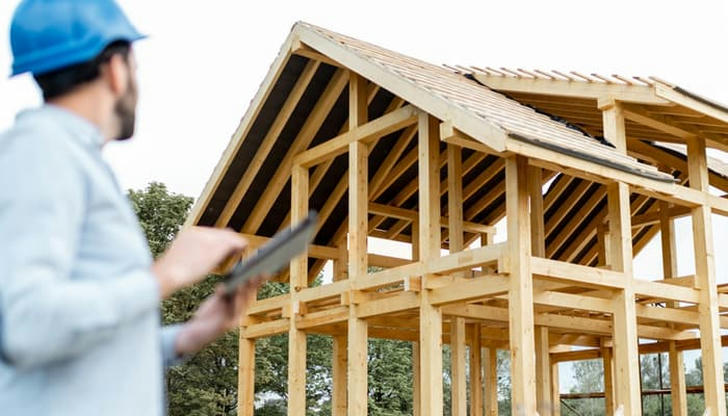
When it comes to log home maintenance, there are plenty of myths and horror stories floating around. You’ve probably heard about log homes falling into disrepair quickly, with homeowners spending huge amounts of money just to bring them back to life.
But the truth is, many of these issues arise because of neglect or lack of knowledge about proper wood care. With a little education and planning, keeping your log home in great shape doesn’t have to be costly or time-consuming.
Let’s clear up some of the most common myths and help you keep your log home looking beautiful for years to come.
1. Myth: Traditional Paint is Suitable for Log Homes
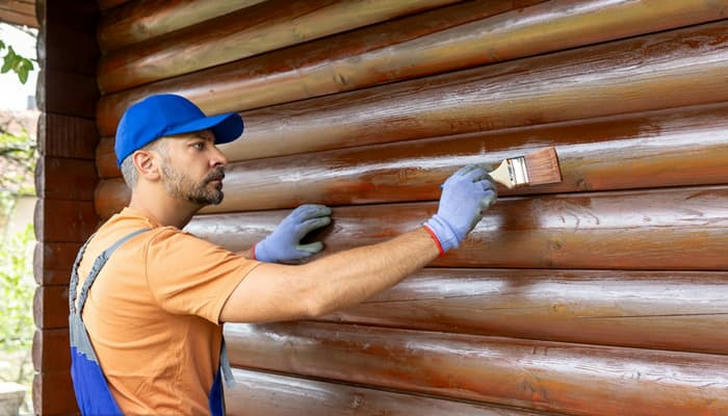
A common misconception is that traditional paint can be used for log homes. However, regular house paint traps moisture inside the wood, which can lead to decay. Instead, it’s crucial to use a log-specific stain that allows the wood to breathe and naturally release moisture. While specialized stains may cost more upfront, they’ll save you money in the long run by reducing the need for frequent applications and protecting your logs from water damage and the elements.
2. Myth: Log Homes Are Hard to Maintain
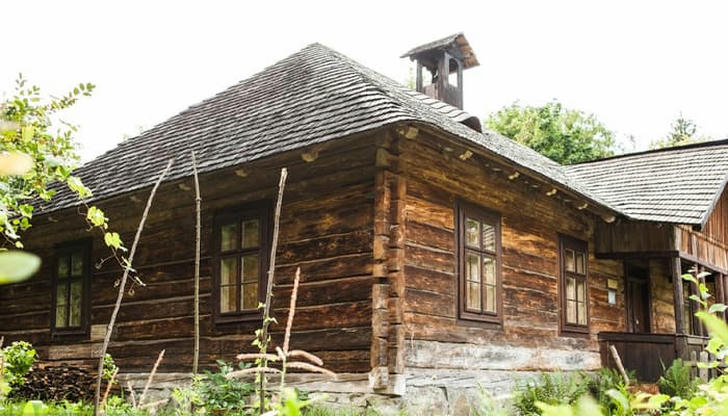
Contrary to popular belief, log homes are not difficult to maintain. With a little care and regular attention, such as inspecting for insects or small damages, you can keep your home in great condition. Many of these checks can be done by the homeowner, and staying on top of small issues can prevent costly repairs down the road.
3. Myth: Log Homes Lack Energy Efficiency
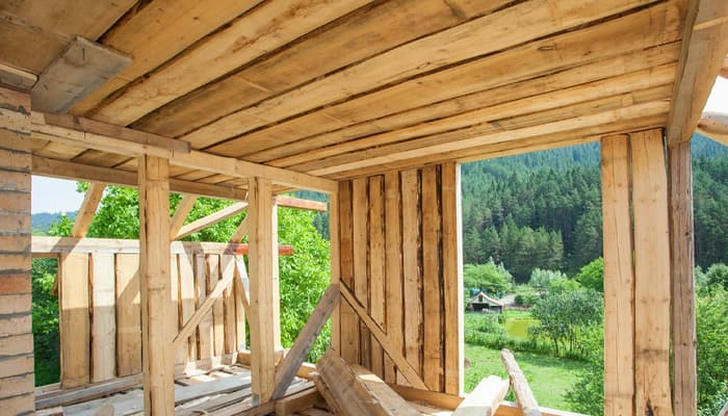
Log homes are actually quite energy efficient when built correctly. The natural materials used in log homes not only reduce construction waste, but they also help maintain a comfortable indoor temperature. Logs provide excellent insulation, holding heat in winter and staying cool in summer. Additionally, log walls help regulate humidity, reducing the need for dehumidifiers or humidifiers, and promoting better air quality.
4. Myth: Log Homes Are Highly Vulnerable to Fire
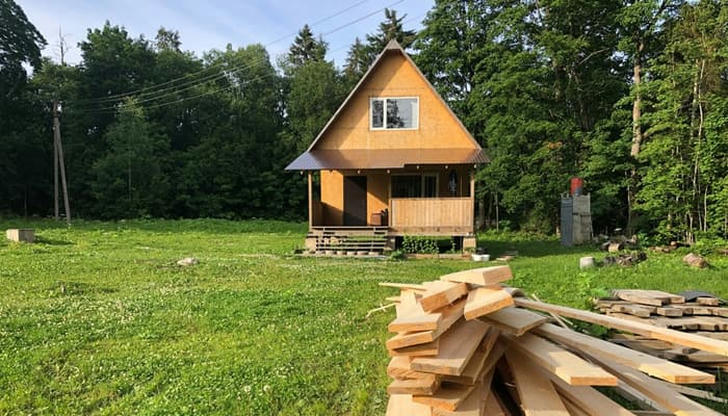
Although wood is flammable, log homes are surprisingly more fire-resistant than conventional homes. The large mass of the logs helps them resist fire better than smaller, more easily ignited materials. The building techniques and materials used for log homes contribute to their enhanced fire protection, making them safer than many other types of homes. If your log home is built with large timbers, it likely has a higher resistance to fire than you might think.
5. Myth: Building or Restoring a Log Home is Easy for Anyone
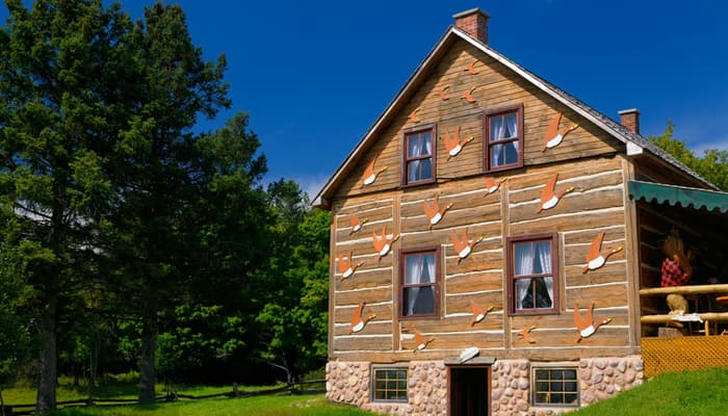
While anyone can attempt to build or restore a log home, it's not something you should do without the right expertise. Log homes are unique structures that require specialized knowledge and skills. A seasoned log home professional has the experience to ensure the work is done correctly, which can make all the difference in the long-term quality and durability of your home. A general contractor might miss essential details that are crucial for maintaining the integrity of the logs.
6. Myth: Log Homes Are More Susceptible to Mold Issues
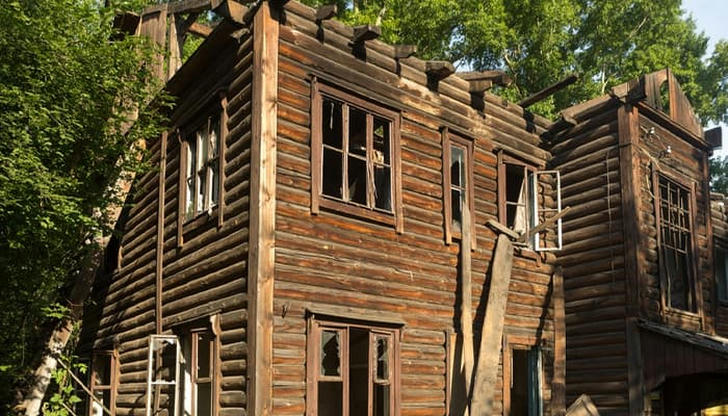
It’s true that mold can grow anywhere with moisture, but log homes are no more prone to mold than any other type of home. Certain areas, like the north side of your house, might remain damp longer after rainfall due to limited sunlight, which can create conditions for mold. However, proper maintenance, such as ensuring good drainage and ventilation, can prevent mold from becoming a problem. By taking the right precautions, mold can be kept at bay.
7. Myth: Insects Are Unavoidable in Log Cabins
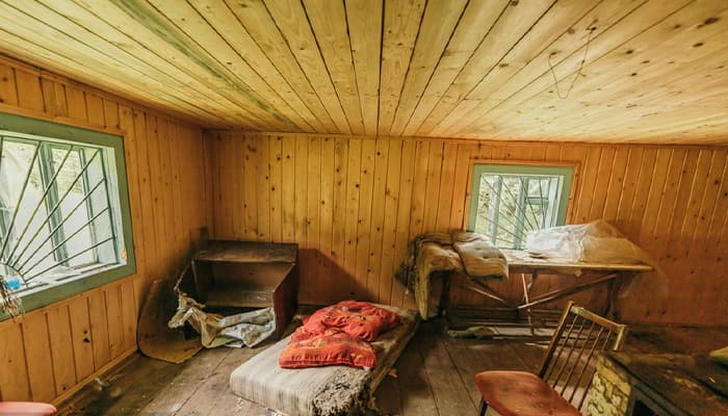
While log homes are susceptible to insect problems, this is no longer an inevitable issue. Over the last decade or so, significant advancements have been made in pest control treatments, such as the use of natural mineral treatments like borate. These modern methods help protect the logs from pests like termites, ensuring that your home stays pest-free without the constant battle homeowners once faced.
8. Myth: Every Log Stain Works the Same Way
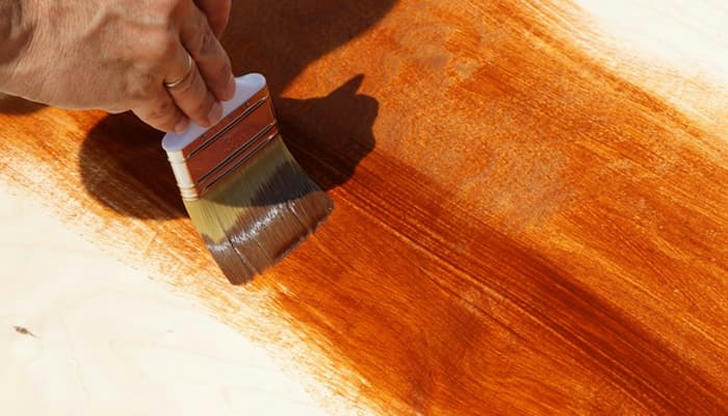
Not all log stains are created equal. Each brand and formula has unique properties designed to work with specific types of wood and environmental conditions. It’s essential to choose the right stain for your log home based on the wood type, the home’s age, and your local climate. Taking the time to research the best options or consulting with an expert can help ensure your logs are properly protected, saving you time and money in the future.
9. Myth: The Best Stains Are Only Found at Local Hardware Stores
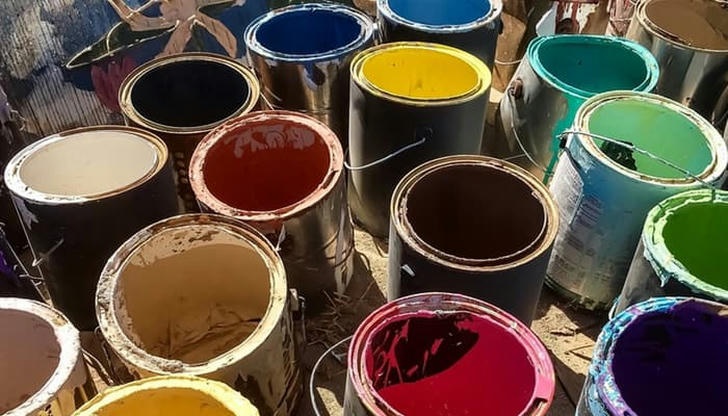
While the convenience and low prices of local hardware stores may be appealing, they may not carry the specialized stains that log homes require. High-quality stains, designed specifically for log homes, often contain advanced additives that enhance durability and performance. For the best results, consider purchasing from a dedicated log home supply store or reputable online retailer specializing in these products.
10. Myth: Dry Climates Reduce the Need for Staining
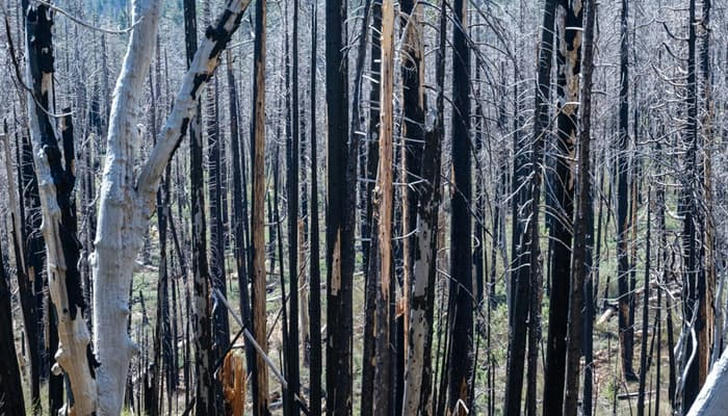
Even in arid regions, staining your log home is crucial. Although moisture may be less of a concern, prolonged exposure to sunlight can cause significant damage to the wood. Quality stains protect against harmful UV rays and prevent the wood from fading or cracking, ensuring your home stays in excellent condition regardless of climate.
11. Myth: Log Homes Take Longer to Build Than Traditional Houses
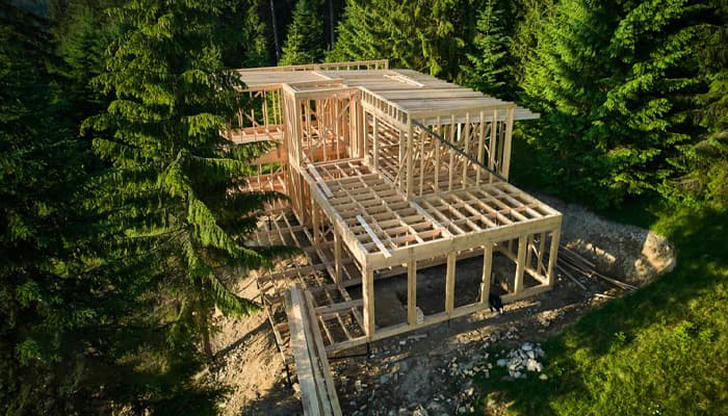
With experienced contractors, building a log home can actually be faster than constructing a traditional one. The process is streamlined, as the exterior walls and structural elements are often completed in a single step. In contrast, conventional homes require multiple layers, including frames, insulation, siding, and drywall, which take considerably more time to assemble.
